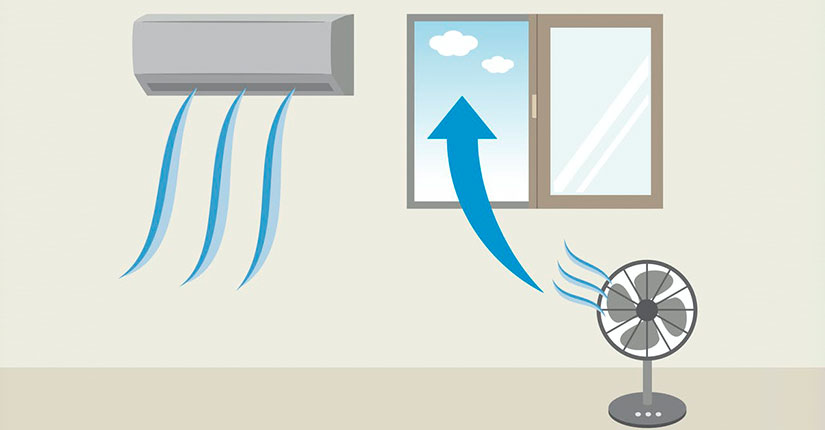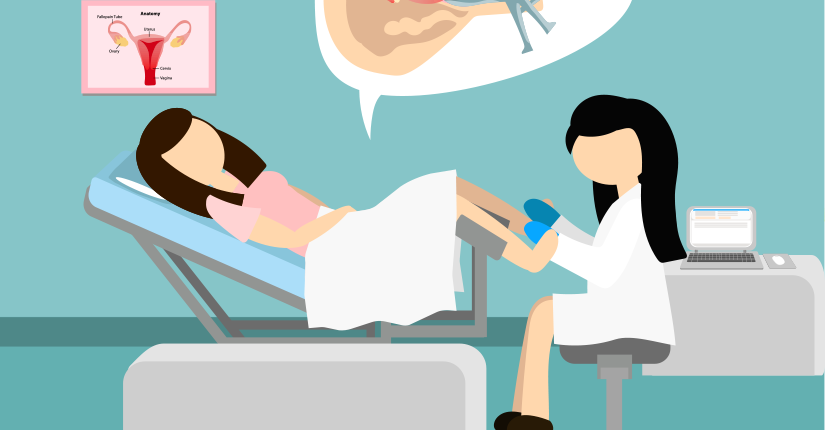Understanding the resting heart rate and 4 reasons why it is important
By Nmami Agarwal 31-Jul 2023 Reading Time: 17 Mins

The resting heart rate (RHR) is a simple yet powerful indicator of your overall health and it is the number of times your heart beats per minute when you are at rest, meaning you are sitting or lying down and not engaged in any physical activity. Your RHR can be an early warning sign of potential heart problems, as well as an indication of your general fitness level and studies have shown that people with high RHRs are more likely to develop heart disease, while those with low RHRs tend to be healthier and have a longer lifespan. We will explore the importance of RHR and how it can be used to monitor your health. We will also provide tips on how to measure your RHR accurately and share some strategies for maintaining a healthy heart rate so let’s dive in and learn how your resting heart rate can be a window to your health!
What is the resting heart rate and why is it important?
The resting heart rate (RHR) is the number of times a person’s heart beats per minute (bpm) when they are at rest which means when they are sitting or lying down, not engaged in any physical activity, and not experiencing any strong emotions. It is often considered a good indicator of cardiovascular health, and can serve as a window into a person’s overall health and fitness level. A normal RHR for adults ranges from 60-100 bpm as athletes and individuals who regularly engage in cardiovascular exercise may have lower RHR’s due to the increased efficiency of their cardiovascular system. On the other hand, a high RHR may indicate an increased risk for various health conditions, such as hypertension, heart disease, or stroke and tracking your RHR over time can provide valuable insights into your overall health and fitness level. If you notice your RHR is consistently high, it may be a good idea to speak with your healthcare provider about potential underlying health conditions or lifestyle changes that could help lower it. Regular exercise, a healthy diet, stress management techniques, and adequate sleep can all help improve cardiovascular health and lower RHR.
How to measure your resting heart rate
Measuring your resting heart rate is a simple and quick process and the best time to measure your resting heart rate is early in the morning, before you get out of bed this is due during sleep, the body is at complete rest and there are no external factors that can affect your heart rate. To measure your resting heart rate, you will need a watch with a second hand or a heart rate monitor and place your index and middle fingers on the inside of your wrist, just below the base of your thumb. You can also measure it on your neck, just below your jawline and beside your windpipe and count the number of beats you feel in 60 seconds. Alternatively, count the number of beats you feel in 15 seconds and multiply by 4 to get your heart rate per minute. Also it’s important to remember to take your resting heart rate for several days in a row, at the same time of day, to get an accurate reading. Write down your results each day, and calculate an average resting heart rate for the week. Measuring your resting heart rate regularly can help you to track your overall cardiovascular health and fitness levels.
Normal resting heart rate ranges based on age and gender
Resting heart rate is an important indicator of overall health and fitness and it measures the number of times your heart beats per minute when you’re at rest. While normal resting heart rates can vary widely based on many factors, including age and gender, it’s important to understand what is considered normal for your specific demographic as for adults, a normal resting heart rate typically falls between 60 and 100 beats per minute. However, a resting heart rate of 50 to 60 beats per minute is common for athletes or individuals who engage in regular physical activity. It’s important to note that a resting heart rate below 60 beats per minute may also be a sign of an underactive thyroid or other health conditions. When it comes to age, resting heart rate tends to decrease as we get older. For an instance newborns may have a resting heart rate of 100 to 160 beats per minute, while children ages 6 to 15 typically have a resting heart rate between 70 and 100 beats per minute with the passage of times we age into adulthood, our resting heart rate tends to decrease and may fall into the 60 to 80 beats per minute range. It’s important to keep in mind that these ranges are simply guidelines and that resting heart rate can vary widely based on individual factors.
What affects the resting heart rate?
Many factors can affect the resting heart rate of an individual and some of the most common factors include age, physical activity levels, stress levels, and medications. As we age, our resting heart rate tends to decrease and this is because the heart muscle becomes more efficient over time, and is able to pump blood more effectively with each beat. On the other hand, physical activity levels can have the opposite effect – individuals who exercise regularly tend to have lower resting heart rates because their heart muscles have become stronger and more efficient. Stress is another factor that can significantly impact the resting heart rate as when the body is under stress, it releases hormones like adrenaline and cortisol that can cause the heart rate to increase. Over time, chronic stress can lead to a higher resting heart rate, which can be a sign of poor cardiovascular health. Finally, certain medications like beta-blockers and calcium channel blockers can also affect the resting heart rate, and may be prescribed to help manage conditions like high blood pressure or heart disease.
The connection between resting heart rate and overall health
It’s a well-known fact that the heart is one of the most important organs in the body, responsible for pumping blood to every part of the body and the resting heart rate is the number of times your heart beats per minute while you’re at rest. Moreover,it’s a strong indicator of your overall health, and monitoring it can help you identify any underlying health issues. A high resting heart rate is an indicator of underlying health issues such as high blood pressure , overactive thyroid and a high resting heart rate is an indicator of underlying health issues such as high blood pressure, overactive thyroid gland, or even heart disease. In contrast, a low resting heart rate indicates a healthy heart and good cardiovascular health apart from indicating underlying health issues, the resting heart rate also helps in monitoring fitness levels. Regular exercise and maintaining a healthy lifestyle can help to lower your resting heart rate. This is because exercise strengthens the heart, making it more efficient at pumping blood to the rest of the body. So it is mandatory to monitor your resting heart rate is a simple and effective way to keep track of your overall health and if you notice any significant changes in your resting heart rate, it’s important to consult with a healthcare professional to determine the underlying cause and get the appropriate treatment.
How to improve your resting heart rate through exercise
Improving your resting heart rate through exercise is one of the best things you can do for your overall health and well-being. The resting heart rate is an indicator of how efficiently your heart is working, and the lower it is, the better. If you’re looking to improve your resting heart rate, here are a few types of exercises you can try:
1. Cardiovascular exercise: Activities like running, cycling, and swimming are great for improving your cardiovascular health and lowering your resting heart rate. Aim for at least 30 minutes of moderate-intensity cardio exercise most days of the week.
2. Interval training: High-intensity interval training (HIIT) can be especially effective at improving your cardiovascular fitness and lowering your resting heart rate which involves alternating periods of high-intensity exercise with periods of rest or low-intensity exercise.
3. Strength training: Resistance training, such as weightlifting or bodyweight exercises, can also be effective at improving your resting heart rate and building muscle mass can help improve your overall cardiovascular health, which can lead to a lower resting heart rate.
4. Yoga and meditation: Practices like yoga and meditation can help lower your heart rate through relaxation and stress reduction. These activities can also help improve your overall sense of well-being.
The role of diet and lifestyle choices in resting heart rate
Diet and lifestyle choices play a significant role in determining your resting heart rate and it’s essential to maintain a healthy diet and make lifestyle choices that support your cardiovascular health. A diet rich in fruits, vegetables, whole grains, and lean protein can help reduce inflammation and improve heart health. Additionally, limiting your intake of processed foods, sugary drinks, and unhealthy fats can also have a positive impact on your resting heart rate. Regular exercise is also crucial for maintaining a healthy heart rate as physical activity helps to reduce stress, improve circulation, and strengthen the heart muscle. Also aim to exercise for at least 30 minutes a day, five days a week which could be as simple as walking, jogging, cycling, or swimming. Other lifestyle choices that can impact your resting heart rate include getting enough sleep, managing stress, and limiting alcohol and caffeine consumption also lack of sleep and chronic stress can increase your heart rate, while excessive alcohol and caffeine intake can raise your blood pressure and heart rate so by making positive lifestyle choices and supporting your cardiovascular health, you can improve your resting heart rate and overall health and well-being. So, take control of your health and make the necessary changes to support a healthy heart rate today!





















